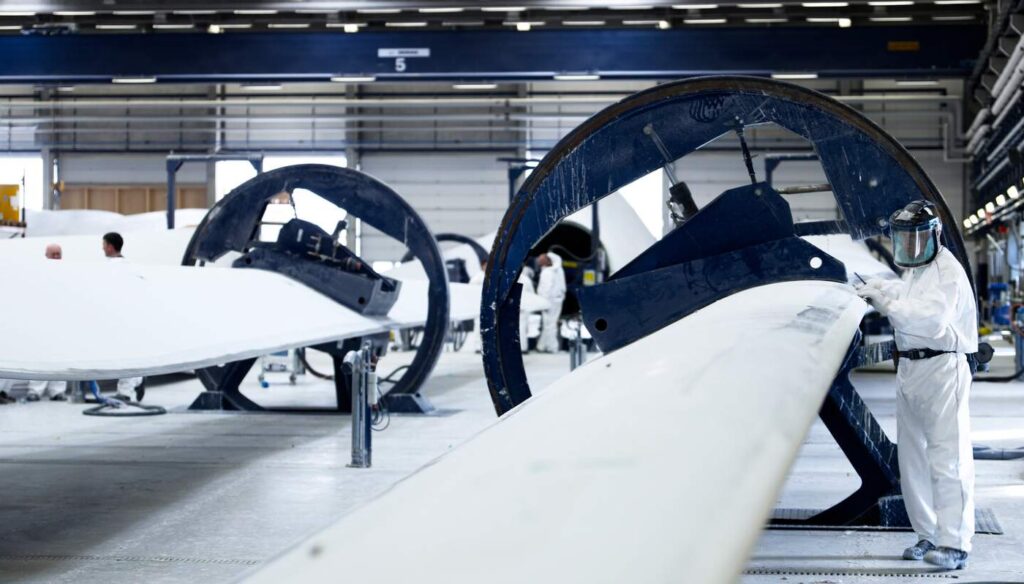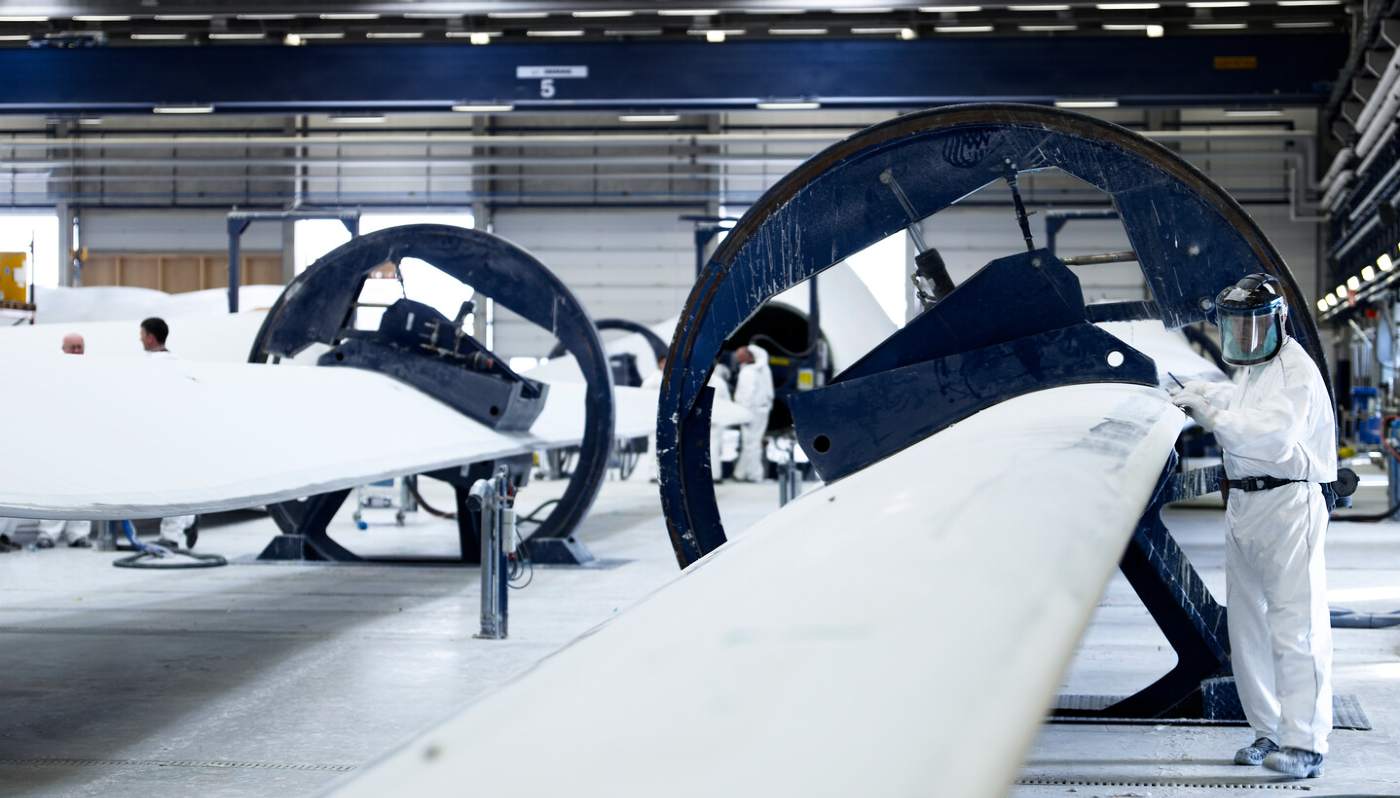
Good news was unveiled in the surging industry of wind power: The world’s largest turbine manufacturer is ensuring that wind power will create as little waste as possible, by pushing to create 100% recyclable wind turbine blades.
With 18% of the world’s wind power market share, Vestas is the first company of its kind to commit to producing fully recyclable products.
Giant wind turbine blades are made from a mixture of glass and carbon fiber heated together with sticky epoxy resin, and these materials can’t normally be separated once combined, which means they go into landfills when they become too battered to safely operate.
Conscious that the global market for wind energy is growing by about 3% per year, Vestas explains that they knew about the problem in the making—and they’re looking to get out in front of it. The company plans to tackle the recyclability problem for the next 20 years, until they’re operating at zero waste by 2040.
Reuters reports that Vestas has unveiled a new chemical technology which breaks the epoxy resin away from the glass and carbon fiber, allowing the hard material to be removed, and the epoxy to be turned into its constituent elements as well. All of these components, the company says, will be able to be re-used to make new turbine blades.
MORE: The Empire State Building is Now 100% Powered By Wind, Along With 13 Other Related Buildings
Typically a wind turbine lasts about 20 to 25 years, at which point the owner can either order it decommissioned or get it refitted with new parts. Typically 75% of all waste generated through decommissioning comes from the blades. Vestas wants to be able to recycle 50% of the blade material in just a few years through investing in new recycling technology and in new blade materials that are easier to recycle—and to do more and more in terms of recycling each year.
“We have spent quite some time on the approach to create zero-waste turbines because we know that this new strategic approach could potentially be the new standard for future turbines,” says Peter Garrett at Vestas.
That investment in the future is good news for all of us.
[CORRECTION: A previous version of our headline read, “…Can Now br Fully Recycled”.]
POWER UP the Good News in Your Friends’ News Feeds—Share This Story…





















Yay! Good Renewable Energy!!!